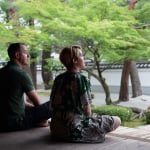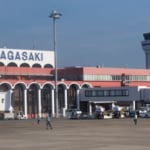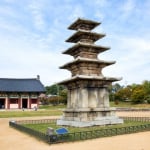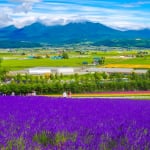Name: The Graves of the 19 Byakkotai Warriors
Address: Bentenkamachi, Ikkimachi, Aizuwakamatsu City, Fukushima Prefecture
Official Website: https://www.aizukanko.com/spot/137

The Tragic Stage of the Byakkotai Youth! A Summary of Must-See Spots in Iimoriyama
Iimoriyama, located in Aizuwakamatsu City, Fukushima Prefecture, is known as the site where the Byakkotai warriors took their own lives. The area surrounding Iimoriyama is dotted with historical landmarks, such as the graves of the 19 Byakkotai warriors and the Sazaedo Temple. In this article, we will introduce the must-see spots around Iimoriyama in detail.
table of contents
[x] close
The Tragic Stage of the Byakkotai Youth! A Summary of Must-See Spots in Iimoriyama
The Graves of the 19 Byakkotai Warriors
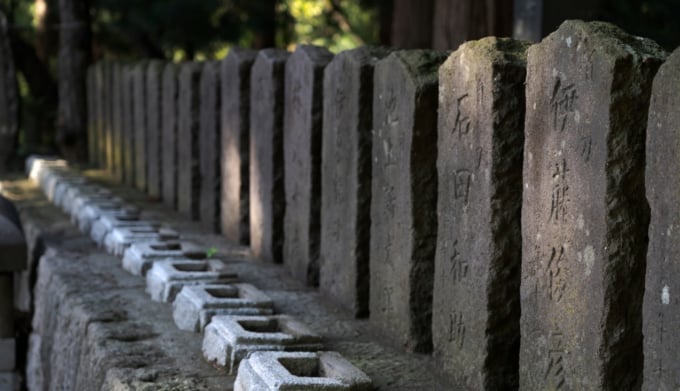
The Graves of the 19 Byakkotai Warriors mark the resting place of the Byakkotai members who took their own lives at Iimoriyama. The Byakkotai (White Tiger Corps) was a unit of young soldiers, aged 16 to 17, formed by the Aizu Domain during the Boshin War. Although there was an age limit, some eager volunteers, as young as 13, also joined.
Out of the 343 members of the Byakkotai, 20 warriors fled to Iimoriyama during the battle. From the mountain, they observed the Tsurugajo Castle, which was engulfed in thick black smoke. Believing that the castle had fallen, they made the ultimate decision to commit suicide together.
At the time, the Byakkotai warriors were considered enemies of the imperial forces, and an order was given to leave their bodies unburied. Feeling deep sorrow for their fate, the lord of Iimoriyama arranged a temporary burial, for which he was later punished.
Years later, in 1887 (Meiji 20), a grand memorial service was held, and individual graves were built for the 19 warriors who perished. Their tragic story was passed down through generations by Sadakichi Iinuma, the sole survivor of the Byakkotai. Visiting these graves allows visitors to reflect on the heartbreaking loss of young lives to war.
The Site of the Byakkotai Mass Suicide
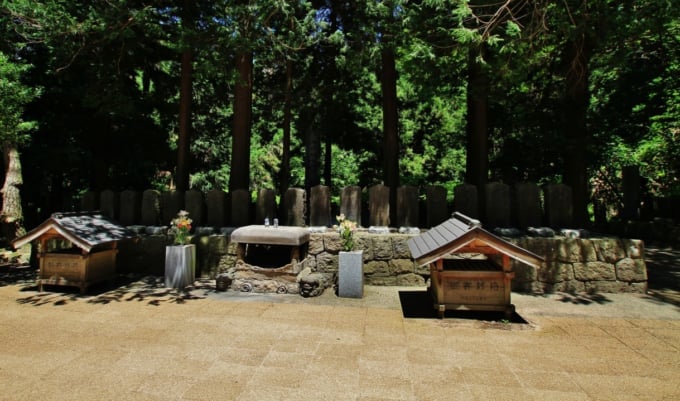
This is the very place where the Byakkotai warriors took their own lives. Among the over 300 members of the Byakkotai, the young men who committed suicide at Iimoriyama were considered the elite unit.
In 1868 (Meiji 1), the Byakkotai suffered a crushing defeat at the Battle of Tonoguchi Plain. While carrying their wounded comrades, they escaped to Iimoriyama. Looking down from the mountain, they saw Tsurugajo Castle surrounded by flames and black smoke. Believing that the castle had fallen, the warriors mistakenly thought their domain had been defeated.
Rather than return home and suffer humiliation, the Byakkotai decided to take their own lives in a display of honor. Visiting the Site of the Byakkotai Mass Suicide offers a profound glimpse into their tragic resolve and the sorrowful realities of history.
Name: The Site of the Byakkotai Mass Suicide
Address: Ikkimachi Yahata, Aizuwakamatsu City, Fukushima Prefecture
Official Website: https://aizumonogatari.com/yae/related/339.html
Sazaedo

The official name of Sazaedo is Entsu Sansodo. This unique temple, built on Iimoriyama, has been designated as a National Important Cultural Property. Constructed in 1796 (Kansei 8), it originally housed statues of the 33 Kannon, allowing visitors to complete a 33 Kannon pilgrimage simply by touring the temple.
One of the highlights of Sazaedo is its double-helix slope. The ascending and descending pathways are separated, preventing congestion even when many visitors are present.
Due to its extremely rare architectural design, Sazaedo was officially designated as a National Important Cultural Property in 1996.
Name: Sazaedo
Address: 155 Takizawa, Ikkimachi Yahata, Aizuwakamatsu City, Fukushima Prefecture
Official Website: https://www.aizukanko.com/spot/138
Byakkotai Memorial Museum
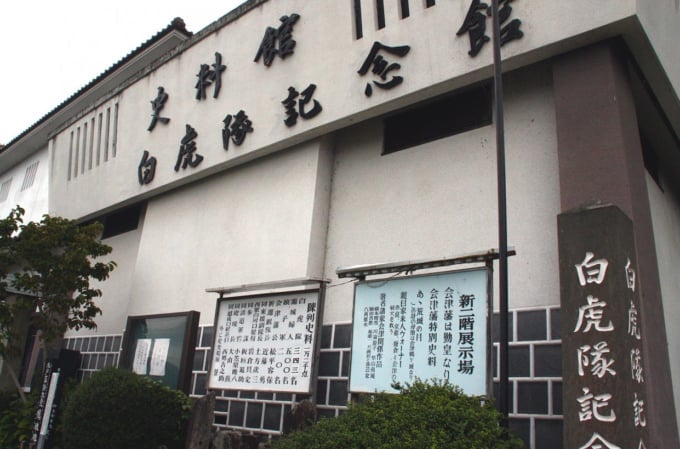
The Byakkotai Memorial Museum exhibits items related to the Byakkotai, historical materials from the Boshin War, and dioramas. This museum was established by Kyoshi Hayakawa, a lawyer from Aizu, who used his private funds to ensure that the tragedy of the Byakkotai and the Aizu Domain would never be forgotten.
The museum also houses materials related to the Shinsengumi, making it a fascinating visit for history enthusiasts.
For both adults and children, this museum offers an educational experience, especially for young students studying Japanese history.
Name: Byakkotai Memorial Museum
Address: 33 Bentenkamachi, Ikkimachi Yahata, Aizuwakamatsu City, Fukushima Prefecture
Official Website: http://www.byakkokinen.com/
Former Takizawa Honjin
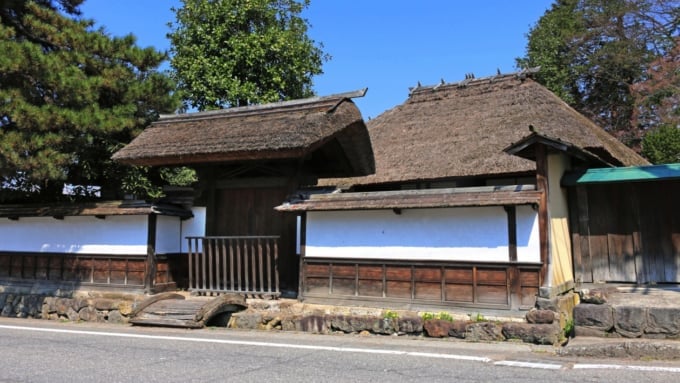
The Former Takizawa Honjin served as the Aizu Domain’s headquarters. It was here that the Byakkotai warriors received their orders to deploy.
This building is also the oldest surviving private residence in the Tohoku region and has been designated as both a National Historic Site and Important Cultural Property.
Historically, it was used as a resting place for Aizu feudal lords when traveling along the Kaido Highway, as well as during official visits to Edo.
Visitors can still see bullet holes and sword marks left from past battles, offering a vivid look into the brutal warfare of the time.
Name: Former Takizawa Honjin
Address: 122 Takizawa, Ikkimachi Yahata, Aizuwakamatsu City, Fukushima Prefecture
Official Website: https://www.aizukanko.com/spot/139
Tonoguchi Weir Cave
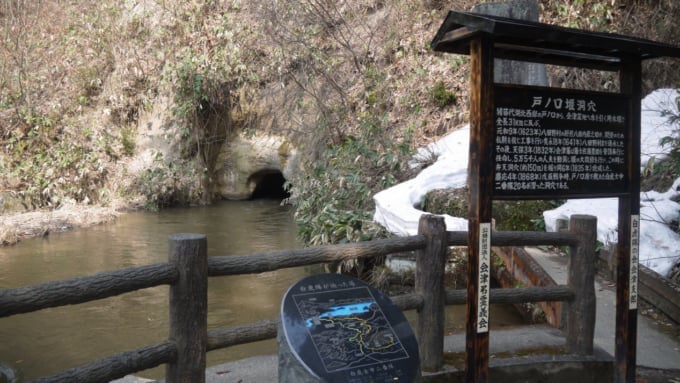
Just a one-minute walk from Sazaedo, Tonoguchi Weir Cave is a 150-meter-long cave that is part of a 31 km-long irrigation canal system, originally designed to bring water from Lake Inawashiro to Aizu farmlands.
This cave played a crucial role in the Byakkotai’s history. After their defeat at the Battle of Tonoguchi, 20 Byakkotai warriors hid inside the cave, advancing through icy cold water to reach Iimoriyama and check on Tsurugajo Castle.
Today, the cave is a quiet and serene place, far removed from its tumultuous past. The clear flowing water and tranquil surroundings create a sacred atmosphere.
Name: Tonoguchi Weir Cave
Address: Ikkimachi Yahata, Aizuwakamatsu City, Fukushima Prefecture
Official Website: https://aizumonogatari.com/yae/related/342.html
Access
For visitors traveling to Iimoriyama, the most convenient method is by car, with a 15-minute drive from the Aizuwakamatsu IC on the Ban’etsu Expressway. For those using public transportation, high-speed buses or the Shinkansen connect Tokyo to Aizuwakamatsu. From there, the "Haikara-san" sightseeing bus runs every 30 minutes from 8:00 AM to 5:30 PM, making it easy to visit major attractions.
RELATED ARTICLES
REGIONS
CATEGORIES
FEATURED ON Guide
-
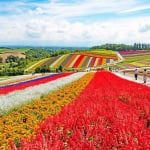
Where will you go for the summer vacation? Introducing recommended spots for domestic travel
-

Kaizu City’s Recommended 7 Tourist Spots. Enjoy the Culture and History Nurtured by Wajū!
-
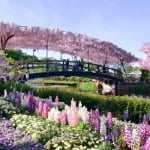
What Makes Ashikaga Flower Park So Special? A Treasure Trove of Photo-Worthy Spots!
-
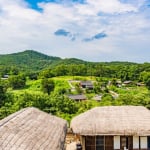
600 Years of Radiant Tradition: Korea’s Historic Villages of Hahoe and Yangdong
-

Two-Colored Seas and a Pink Beach! 4 Must-Visit Spots in North Eleuthera
MOST POPULAR ON Guide
-
 1
1Doha: Must-see Attractions in the Capital of Qatar
-
 2
2Toronto: 10 Things to do in this Picturesque Canadian City
-
 3
3Amarillo: A City Famous for It’s Amazing Canyons, Great History and Music
-
 4
4South Korea: Dazzling Scenery, Rich Culture and Fascinating History
-
 5
5Kuwait: A Country in Middle East Asia Famous for Hot Sand Dunes and Stunning Cityscape

